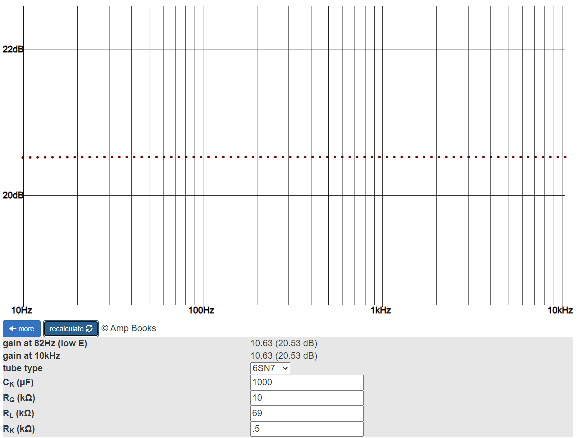I'm now preparing to do the wires upgrade as some silver and SPC wires that I had ordered have arrived. Looking at the case without a PCB in it,

I'm planning to replace the signal wires marked with the green stars and the transistor wires marked with the red lightning. But what surprised me are the resistors inside the wires in the pink capsule.
Stripping one of those revealed this:

Those colours look like brown, black, black, black and brown to me which would make it a 100Ω resistor with 1% tolerance. And they are in the wire that goes from the PCB to the 2 * 3-pin XLR output in the rear, which is also the starting point for the wires that go to the XLR headphone output.
So these resistors are in the signal path output wires from the PCB to the output connectors which means they will highly probably have an effect on sound.
Are these perhaps some sort of protection resistors and what have people done with them? Upgrade to audio resistors or something else? I couldn't find any earlier discussion on this after some searching and browsing the thread.
Also, if there is no intention to use the 2 * 3-pin XLR output which is in the rear, wouldn't it make sense to route these wires directly to the four-pin XLR headphone output?
























 , and I am actually not much a fan of NFB
, and I am actually not much a fan of NFB






